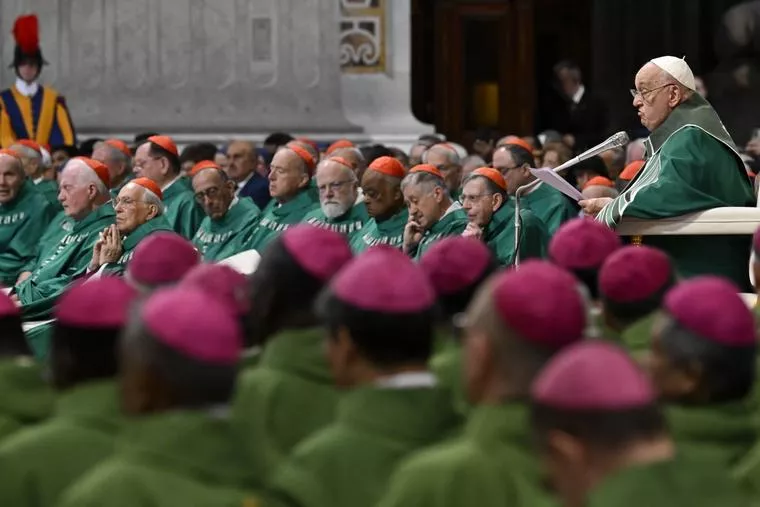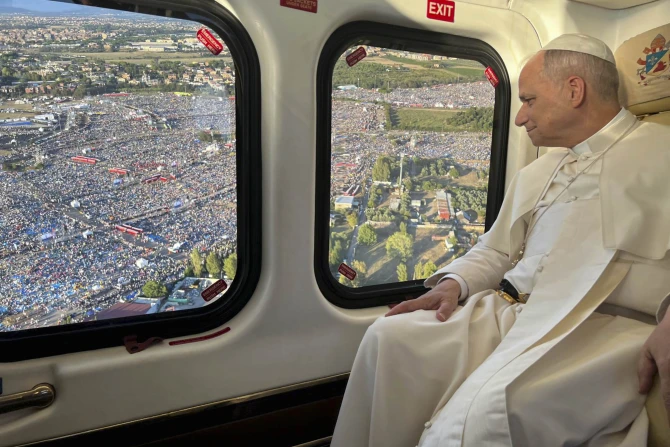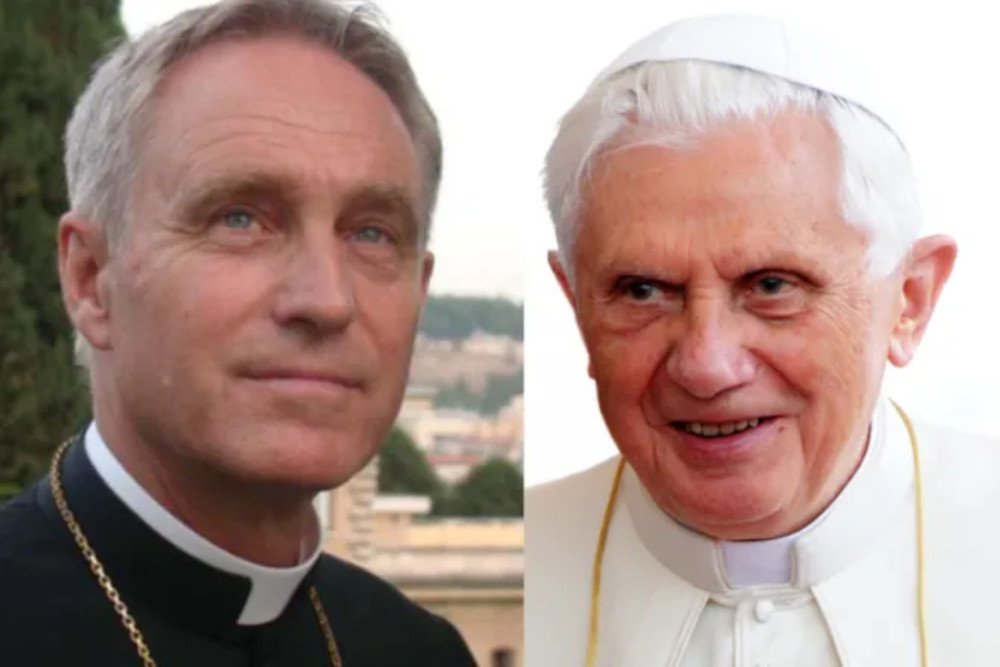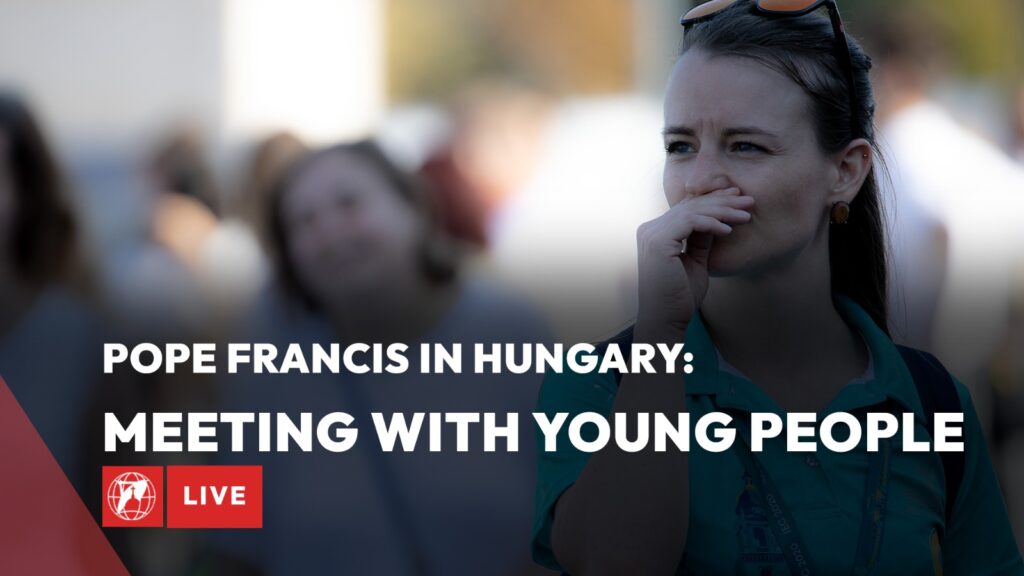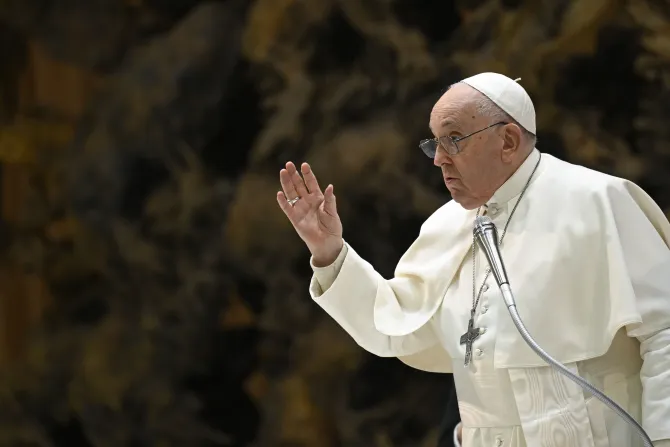On Nov. 25, Pope Francis published a note reiterating — and in an official sense, formalizing — his decision to make the final document of the recently concluded Synod on Synodality part of the Church’s ordinary magisterium.
Having done so, the Holy Father wrote, dioceses and churches should begin implementing the 52-page document’s recommendations for making structural changes in Church governance and increasing lay and women participation in the Church, among other initiatives.
“[The final document] participates in the ordinary magisterium of the successor of Peter, and as such, I ask that it be accepted,” Francis wrote in the note.
Francis made history, and surprised many, when he announced on the day it was submitted to him that was fully accepting the Synod’s final document, forgoing the standard practice of his predecessors of exhortation.
But this new note of the Holy Father is highly significant, too. Among other things, it reveals three key points about his governing style.
The first point concerns the way he interacts with documents that he perceives to be deficient in some way, or requiring reinforcement. His note is an acknowledgment that the Synod’s final report falls into that category.
What’s wrong, exactly? It’s a weak document, which was unavoidable since it is the product of various compromises. But some of the blame goes to the Pope himself, for Francis is the one who has insisted since the start of his pontificate that synodal documents include the vote tallies for each of its paragraphs (or modi.) Although all the paragraphs in the Synod on Synodality’s document reached a majority, not all had a decisive majority. The paragraphs on the role of women in the Church (par. 60), on the task of episcopal conferences and their possible doctrinal competence (par. 25), and on what is defined as “healthy decentralization” (par. 129) received the fewest votes in favor. Therefore, if the document had been left to stand on its own, it could have been easy for some bishops to decide not to follow those paragraphs.
By adding this note, however, Pope Francis is intervening to make it clear that such cafeteria-style implementation is off the table, as the full document is now part of the Church’s official magisterium.
Here we see a parallel to how the Pope intervened, in 2017, when the bishops of Argentina interpreted his famous footnote in his post-synodal apostolic exhortation, Amoris Laetitia, to mean that divorced and remarried Catholics may in certain cases receive Communion. Francis penned a note with the document saying that “no other interpretation is possible” and had it published in the Acta Apostolicae Sedis, a record of the official acts of the Holy See, making the Argentinian guidelines likewise part of the official magisterium.
This underscores a second point about the Pope’s governing style. When a controversy over a document erupts, Pope Francis leaves open the possibility of a traditional interpretation. However, he then acts so that the non-traditional interpretation is not only preferred but also imposed, since it is included in official documents.
The advantage for the Pope, in the case of the Synod on Synodality document, is that he does not have to take responsibility for writing his own document on the topic. He simply accepted the assembly’s recommendations and gave them authority when authority seemed to be lacking.
The third point about the note is that it illustrates the unconventional way that Pope Francis uses the various types of papal documents at his disposal.
For example, Pope Francis recently published an encyclical, Dilexit Nos, on the Sacred Heart of Jesus, which would have been more appropriately an apostolic letter, in the manner of the one he wrote on St. Francis de Sales in 2022, Totum Amoris Est. On the other hand, Evangelii Gaudium, the programmatic document of the pontificate, is an apostolic exhortation, but it should more likely have been an encyclical.
Meanwhile, Pope Francis has used various forms of apostolic letters more than 80 times to give an authoritative opinion. And in legislative matters, especially when making changes to canon law, Pope Francis prefers the form of the motu proprio, a more spontaneous and personal decision, which he used more than 50 times.
In short, Pope Francis does not carry out long consultation processes, which are necessary for more “heavy” documents such as an encyclical or an apostolic constitution in the case of the definition of forms of government. He makes decisions autonomously and puts them into practice immediately. When the opinion is controversial, he approves the decisions of others, as he did for the final document of the Synod.
At the same time, faithful to “opening processes,” Pope Francis has emphasized that the synodal journey is not over. Everything, even the least controversial choices, can be questioned. But it means, above all, that the Pope can make further decisions, effectively subverting what appear to be established choices.
The Pope had to give authority to the Synod because otherwise some of its conclusions could be disavowed. This authority, however, rests on the Pope’s will.
This article was originally published on National Catholic Register.

